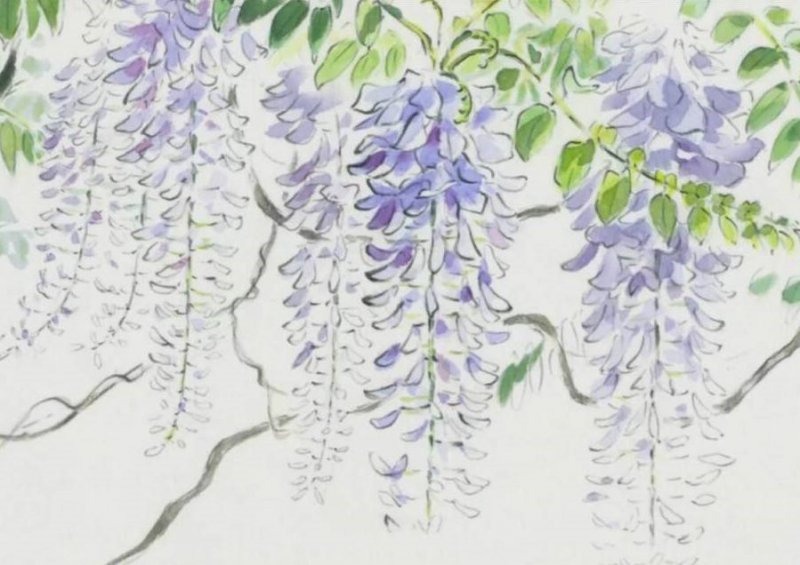答案:
Northern Red Oak, although not a shrub but a tree, might be confused for one in certain stages of growth or mistaken with its younger or smaller counterparts. A more accurate fit for your description could be the Redtwig Dogwood (Cornus sericea). This plant is known for its vibrant red stems that stand out in winter and its clusters of small white flowers followed by white berries. In autumn, its leaves turn a beautiful red color, making it a striking addition to landscapes in the northern regions.
Redtwig Dogwood: A Vibrant Northern Shrub
The Redtwig Dogwood is a hardy deciduous shrub native to North America. It thrives in various soil types, including wet soils, and can grow up to 9 feet tall and wide. The most distinctive feature of this shrub is its bright red twigs, which are especially noticeable during the winter months when the leaves have fallen.
Autumn Foliage and Year-Round Interest
In the fall, the leaves of the Redtwig Dogwood turn a striking shade of red, adding to the overall beauty of the plant. This colorful display makes it a popular choice for gardens and parks in cooler climates. Beyond its autumn foliage, the shrub also offers year-round interest with its red stems, white summer flowers, and white berries that attract birds and other wildlife.
Care and Maintenance
To ensure the best growth and health of the Redtwig Dogwood, it's important to plant it in full sun to part shade and well-drained soil. Pruning is recommended in late winter or early spring to maintain the vibrant red color of the stems. Removing older stems and encouraging new growth will help keep the shrub looking its best. Regular watering is necessary, especially during dry spells, to support healthy growth.
Landscaping Uses and Companions
This shrub is versatile and can be used in a variety of landscaping settings. It works well as a border plant, in naturalized areas, or near water features. Pairing it with other plants that have complementary colors, such as evergreens or those with yellow or blue foliage, can create a stunning visual contrast. Additionally, it can be planted in groups to form a hedge or screen, providing both privacy and aesthetic appeal.
給大家推薦一些園林綠化苗木行業(yè)常用的�����,常見(jiàn)的分類品種等等,希望大家喜歡我們的內(nèi)容
(點(diǎn)擊圖片或藍(lán)色字體瀏覽具體品種大全)
1��、地被植物類 點(diǎn)擊瀏覽更多(石楠 女貞 冬青等等籬笆類植物)

2��、大喬木類 點(diǎn)擊瀏覽更多(一般是行道樹(shù)�����,高大植物)

3��、小喬木類 點(diǎn)擊瀏覽更多(2~5米左右的有主干苗木)

4��、造型樹(shù)景觀植物 點(diǎn)擊瀏覽更多(常見(jiàn)的松樹(shù)造型����,黃楊造型,女貞造型等)

5�、松柏類植物 點(diǎn)擊瀏覽更多(隔離帶,圍擋使用最多)

6��、竹子類 點(diǎn)擊瀏覽更多(早園竹����,剛竹,毛竹等等)

7�����、球類植物 點(diǎn)擊瀏覽更多(人工修剪成皮球狀的苗木,如石楠球 冬青球)

8�����、藤本類植物 點(diǎn)擊瀏覽更多(攀爬植物 藤本月季 紫藤 凌霄等)

9�、常綠喬木類植物 點(diǎn)擊瀏覽更多(大葉女貞,香樟�����,含笑等)

10���、草坪草類 點(diǎn)擊瀏覽更多(冷季型 暖季型 混播型)

11��、園林花卉種子 點(diǎn)擊瀏覽更多(草本居多 春夏秋三季開(kāi)花)
